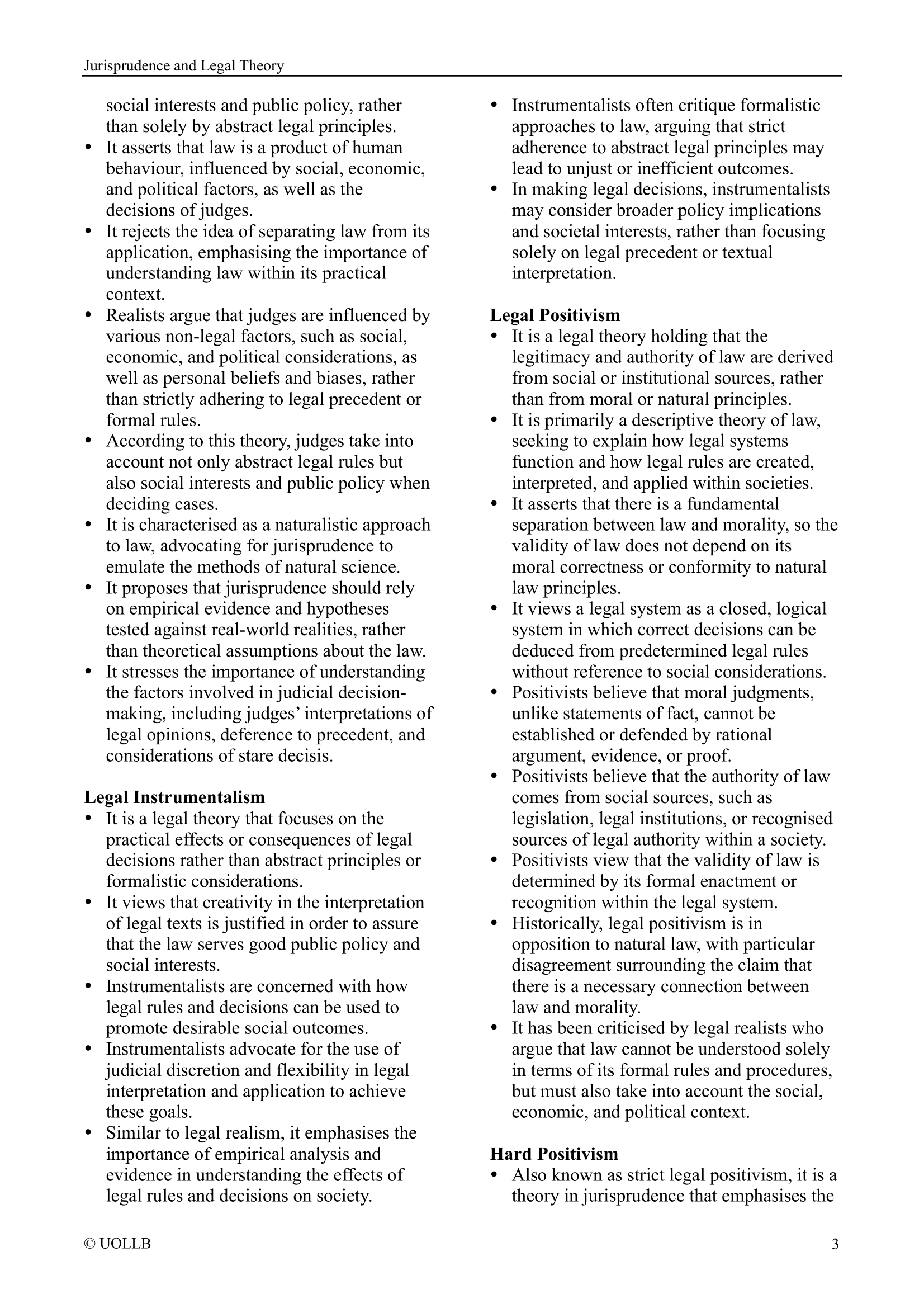Relationship between Unregistered Design Right and Registered Designs Act 1949
Share
The relationship between the unregistered design right and the Registered Designs Act 1949 is one of coexistence and complementary protection.
The Registered Designs Act 1949 provides a mechanism for designers to obtain formal registration of their designs, granting them exclusive rights and stronger protection. Registered designs offer a more robust and extensive scope of protection, as they cover both the aesthetic and functional aspects of a design, provided they meet the requirements for registration.
On the other hand, the unregistered design right is an automatic right that arises upon the creation of a qualifying design. It provides limited protection to the original design for a maximum duration of 15 years from the first marketing of products incorporating the design, subject to certain conditions. However, the unregistered design right does not cover functional aspects of a design that are solely dictated by technical considerations.
The two forms of protection, registered designs and unregistered design rights, are not mutually exclusive. Designers may choose to pursue both avenues of protection to ensure comprehensive coverage for their designs. In some cases, the unregistered design right may act as a fallback or interim protection until a registered design is obtained or as an option for designs that may not qualify for registration.
It is important for designers to consider their specific needs, budget, and long-term goals when deciding whether to rely solely on the unregistered design right or pursue formal registration under the Registered Designs Act 1949. Each option offers its own advantages and considerations in terms of scope, duration, enforcement, and evidentiary requirements.
In summary, the Registered Designs Act 1949 and the unregistered design right provide alternative avenues of protection for designs, with the former offering formal registration and broader rights, while the latter offers automatic and limited protection. Designers should carefully evaluate their options and seek professional advice to determine the most suitable approach for their specific design rights.
The Registered Designs Act 1949 provides a mechanism for designers to obtain formal registration of their designs, granting them exclusive rights and stronger protection. Registered designs offer a more robust and extensive scope of protection, as they cover both the aesthetic and functional aspects of a design, provided they meet the requirements for registration.
On the other hand, the unregistered design right is an automatic right that arises upon the creation of a qualifying design. It provides limited protection to the original design for a maximum duration of 15 years from the first marketing of products incorporating the design, subject to certain conditions. However, the unregistered design right does not cover functional aspects of a design that are solely dictated by technical considerations.
The two forms of protection, registered designs and unregistered design rights, are not mutually exclusive. Designers may choose to pursue both avenues of protection to ensure comprehensive coverage for their designs. In some cases, the unregistered design right may act as a fallback or interim protection until a registered design is obtained or as an option for designs that may not qualify for registration.
It is important for designers to consider their specific needs, budget, and long-term goals when deciding whether to rely solely on the unregistered design right or pursue formal registration under the Registered Designs Act 1949. Each option offers its own advantages and considerations in terms of scope, duration, enforcement, and evidentiary requirements.
In summary, the Registered Designs Act 1949 and the unregistered design right provide alternative avenues of protection for designs, with the former offering formal registration and broader rights, while the latter offers automatic and limited protection. Designers should carefully evaluate their options and seek professional advice to determine the most suitable approach for their specific design rights.























































